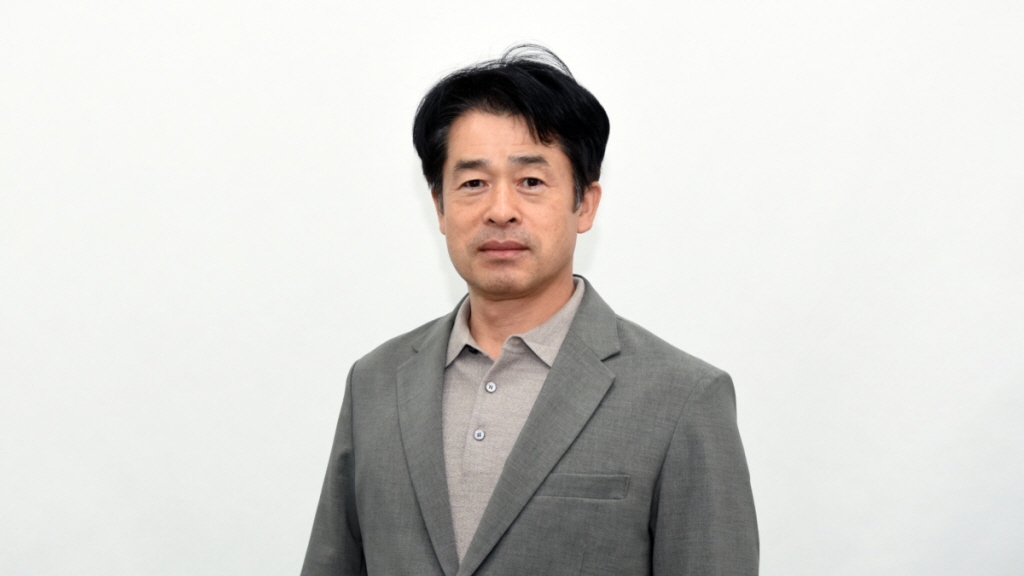과학기술정보통신부 산하 정부출연연구기관인 한국재료연구원(KIMS, 원장 이정환) 재료디지털플랫폼연구본부 항공재료연구센터 양철남 박사 연구팀이 1㎾ 용량의 고분자 전해질 연료전지를 자체 설계 제작해, 윙스팬 7.2m 길이의 무인기에 적용, 11시간 연속 비행과 함께 비행거리 770㎞의 공중 실증을 완료하며, 향후 장시간, 장거리 무인기 개발을 앞당길 수 있을 것으로 기대가 모아진다.

▲연료전지 동력원, 자동항법, 수소탱크가 통합 적용된 무인기
11시간 이상 연속·770㎞ 비행, 최고 출력 4,200W 이상
과학기술정보통신부 산하 정부출연연구기관인 한국재료연구원(KIMS, 원장 이정환)이 자체 개발한한 무인기용 연료전지 실증에 성공해 향후 장시간, 장거리 무인기 개발을 앞당길 수 있을 것으로 기대가 모아진다.
재료연구원은 재료디지털플랫폼연구본부 항공재료연구센터 양철남 박사 연구팀이 1㎾ 용량의 고분자 전해질 연료전지를 자체 설계 제작해, 윙스팬 7.2m 길이의 무인기에 적용, 11시간 연속 비행과 함께 비행거리 770㎞의 공중 실증을 완료했다고 13일 밝혔다.
기존 무인기에 적용되는 내연기관 엔진의 경우, 장시간 체공에는 유리하지만, 소음과 진동, 열 감지, 배기가스에 의한 대기오염, 그리고 낮은 에너지효율 등 여러 문제점을 가진다. 최근 전동 추진 방식이 대세를 이루며 무인기용 전동모터 에너지원으로 2차전지인 리튬전지가 사용되는 추세다. 반면에 전지의 낮은 에너지밀도 등으로 인해 이 역시 짧은 임무 수행 시간을 극복하기가 어려운 한계에 직면해 있다.
연구팀은 이와 같은 엔진 및 리튬전지의 단점을 극복하고자, 새로운 동력인 1 kW급 연료전지 동력원을 개발하고, 배터리와 하이브리드 전원으로 구성해 무인항공기에 적용했다. 이를 통해, 12시간 이상 장시간 체공 및 임무 수행이 가능한 무인기용 연료전지 동력원을 개발하고, 이와 함께 공중 실증까지 완료했다.
이번에 사용한 연료전지, 배터리 하이브리드 기술은 1㎾의 연료전지 전기 출력과 리튬폴리머 2차전지의 조합으로 구성됐다. 무인기의 이륙 및 공중에서 급격한 전기 출력에 대응하고자, 최고 출력 4,200W 이상을 낼 수 있도록 구성했다.
해당 기술은 기존 무인기에 적용되는 2차전지의 낮은 에너지밀도를 극복할 수 있어 장시간 체공을 요구하는 전동 추진 무인기에 적합해, 이를 통해 해안선, 내수면, 환경 모니터, 산업 인프라 감시 등에 활용될 것으로 기대된다.
현재 민수용 연료전지 추진 무인기 기술은 캐나다 BPS社와 아프리카 정부 지원을 받은 FLY H2 에어로스페이스가 공동으로 9시간 600㎞를 비행하는 수준으로 개발 중이다. 이번 성과는 이 목표를 상회하는 수준으로 개발됐다.
연료전지 추진 무인기 기술 관련 국내 시장규모는 아직 초기 단계로, 학교나 벤처 기업에서 해외 연료전지를 도입해 무인기에 적용하는 수준이다. 대부분 해외 연료전지 시스템 업체에 끌려가는 수준으로 개발되어, 개발의 자유도가 낮다. 본 기술개발은 국내 연료전지 추진 무인기 개발업체와 협업 및 공동 개발을 통해 국산화에 의한 수입 대체 효과뿐만 아니라, 기술 자립에도 이바지할 것으로 전망된다.
연구책임자인 양철남 책임연구원은 “개발된 연료전지 동력원을 적용해 11시간 이상 비행함으로써, 민수용으로는 세계적인 수준에 도달했다고 본다”며 “이제는 민/군 겸용으로 활용할 수 있는 수준을 목표로 24시간 연속 비행이 가능한 연료전지 개발 및 무인기 적용 실증연구를 계속해서 이어갈 것”이라고 말했다.
본 연구성과는 과학기술정보통신부 지원을 받아 한국재료연구원 기본사업인 ‘항공기용 연료전지 동력원 개발 및 실증 기술 개발’ 과제를 통해 수행됐다.

▲연구책임자인 한국재료연구원 양철남 책임연구원

